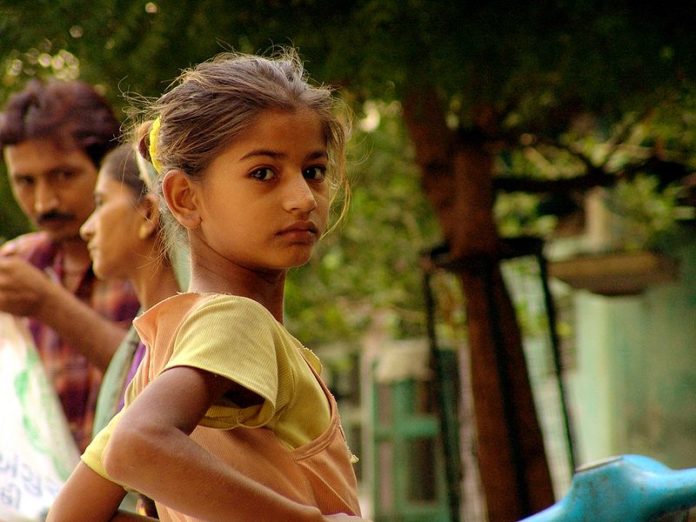No cases under the PC&PNDT Act have been filed in several northeastern states, despite falling sex ratio in many of them
India’s sex ratio at birth for children born in the last five years is 919 girls per 1000 boys against the “ideal” of 950. Yet, less than 3000 cases have been filed for sex selective abortions, show data available with the health ministry. This means millions of unborn girls have been killed since the Pre-Conception and Pre-Natal Diagnostic Techniques (PCPNDT) Act, 1994 came into force but law enforcement has dismally failed these babies.
Till March 2018, 2735 cases have been filed under the Act that penalises sex selective abortions with imprisonment and lays down stringent norms for medical equipment registration to prevent their misuse. Of these cases, maximum – 679 – have been filed in Rajasthan, followed by Maharashtra (580) and Haryana (265). Of the three, two states – Rajasthan and Haryana, ironically have some of the worst sex ratios at birth in the 0-5 years age group. In Rajasthan there are 887 girls aged 0-5 years for every 1000 boys and in Haryana there are 836 girls for every 1000 boys.
At 946 girls per 1000 boys, sex ratioin Mizoram is down from 1025 ten years ago. In Manipur it is down from 1014 to 962. In Nagaland it is down to 956 from 984 and in Sikkim it is down from 984 to 809
Maharashtra though has a sex ratio at birth in the 0-5 years age group that, at 924, is higher than the national average. The PC & PNDT Act makes it illegal to determine the sex of an unborn child. The Act lays down that any medical geneticist, gynecologist, registered medical practitioner or any person who contravenes any of the provisions of the Act shall be punishable with imprisonment for a term which may extend to three years and with fine which may extend to ten thousand rupees. On any subsequent conviction, the punishment may go up to imprisonment upto five years and with fine which may extend to fifty thousand rupees.
According to the health ministry data, no cases have been filed in the northeastern states of Sikkim, Arunachal Pradesh, Manipur, Meghalaya, Mizoram and Nagaland. Health ministry officials say that it is possible that the matriarchal societal setup in these states precludes female foeticide.
Data from the National Family Health Survey 4 though say a different story. At 946 girls per 1000 boys, sex ratio in the 0-5 years age group in Mizoram is down from 1025 where it stood ten years ago. In Manipur it is down from 1014 in NFHS-3 to 962. In Nagaland it is down to 956 from 984 and in Sikkim it is down from 984 to 809. Only Meghalaya has shown an upward trend. Sex ratio at birth for children born in the last five years (females per 1,000 males) rose in 2015-16 to 1,009 from 907 a decade ago.


